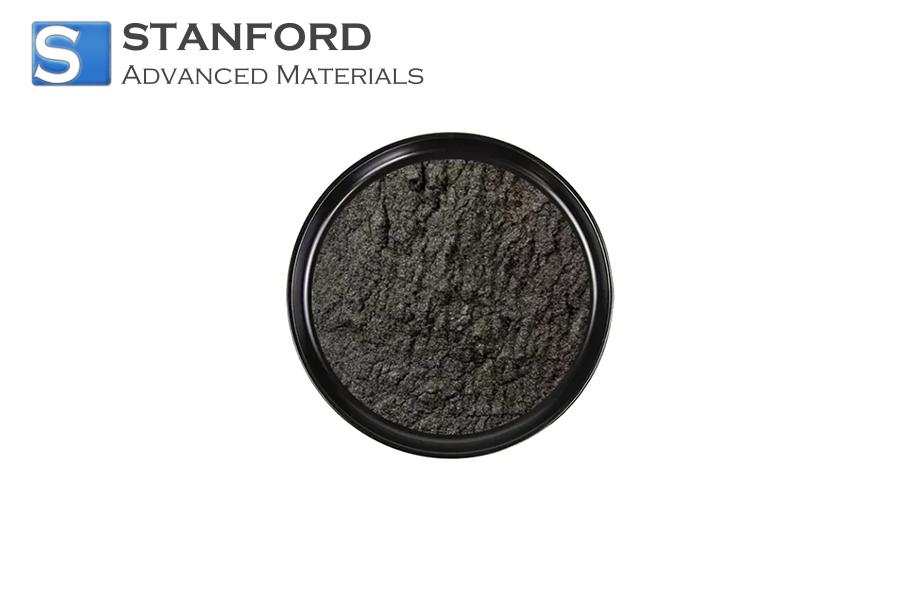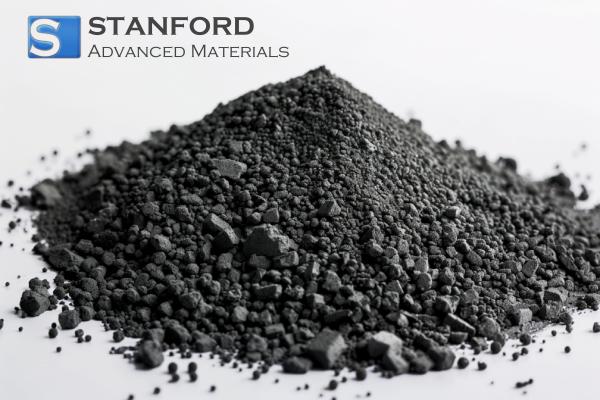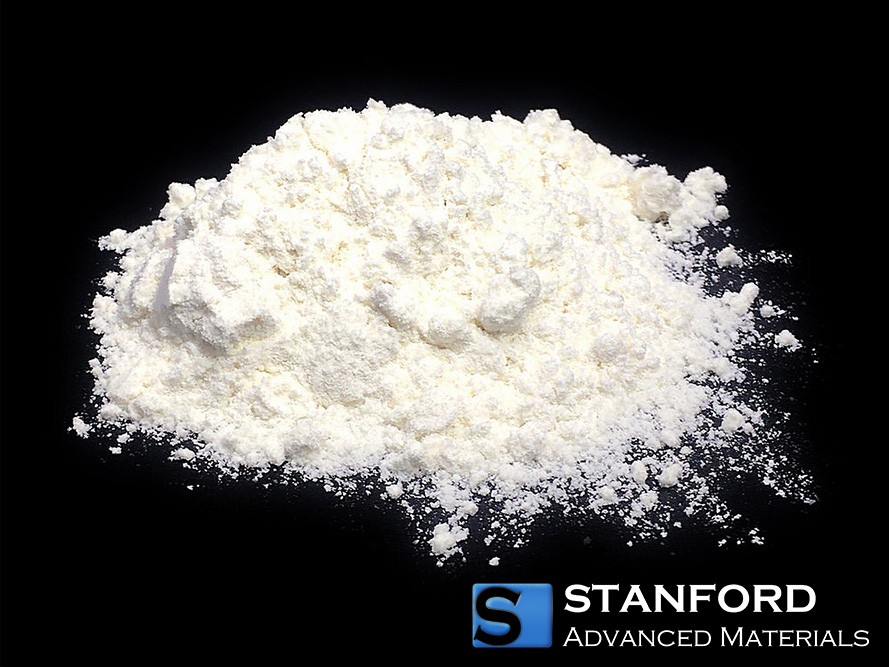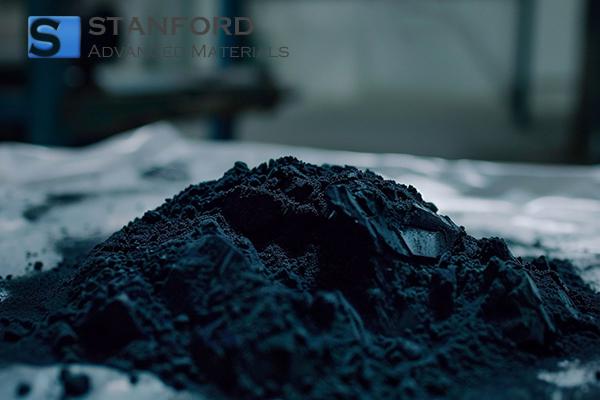Boiling Point: Common Materials And Elements
Boiling Points of Common Materials
|
Substance |
Boiling Point (°C) |
Boiling Point (°F) |
|
Acetaldehyde (CH3CHO) |
20.8 |
69.44 |
|
Acetic Anhydride ((CH3CO)2O) |
139 |
282.2 |
|
Acetone (CH3COCH3) |
56.08 |
132.94 |
|
Acetylene |
-84 |
-119.2 |
|
Allyl Alcohol |
97.2 |
206.96 |
|
n-Butyl Alcohol |
117 |
242.6 |
|
Ethyl Alcohol (from Grain, Ethanol) C2H5OH |
79 |
174.2 |
|
Isobutyl Alcohol |
107.8 |
226.04 |
|
Methyl Alcohol (Wood Alcohol) CH3OH |
64.7 |
148.46 |
|
Propyl Alcohol |
97.5 |
207.5 |
|
Ammonia |
-35.5 |
-31.9 |
|
Aniline |
184.1 |
363.38 |
|
Anisole |
153.6 |
308.48 |
|
Antimony |
1440 |
2624 |
|
Argon |
-185.848 |
-366.53 |
|
Astatine |
337 |
638.6 |
|
Benzene (C6H6) |
80.4 |
176.72 |
|
Bromobenzene |
156 |
312.8 |
|
Butadiene (1,2-Butadiene) |
10.9 |
51.62 |
|
n-Butyric Acid |
162.5 |
324.5 |
|
Camphor |
204 |
399.2 |
|
Carbolic Acid (Phenol) |
182.2 |
359.96 |
|
Carbon Disulphide |
47.8 |
118.04 |
|
Carbon Monoxide |
-192 |
-313.6 |
|
Tetrachloroethane (CCl4) |
76.7 |
170.06 |
|
Chlorine |
-34.4 |
-29.92 |
|
Chlorobenzene |
131.7 |
269.06 |
|
Chlorodifluoromethane (Refrigerant R-22) |
-41.2 |
-42.16 |
|
Dichlorodifluoromethane (Refrigerant R-12) |
-29.8 |
-21.64 |
|
Diethyl Ether |
34.4 |
93.92 |
|
Diisobutyl Ether |
109 |
228.2 |
|
Diisopropyl Ether |
68.4 |
155.12 |
|
Dimethyl Sulphate |
186 |
366.8 |
|
Dimethyl Sulphide |
37.3 |
99.14 |
|
Dimethyl Butane (2,3-Dimethylbutane) |
58 |
136.4 |
|
Ethan |
-88.78 |
-127.804 |
|
Ethan (C2H6) |
-88 |
-126.4 |
|
Ethanol |
78.24 |
172.832 |
|
Ether |
34.6 |
94.28 |
|
Ethyl Acetate (CH3COOC2H3) |
77.2 |
170.96 |
|
Ethyl Bromide (C2H5Br) |
38.4 |
101.12 |
|
Ethyl Amine |
16.6 |
61.88 |
|
Ethylbenzene |
136 |
276.8 |
|
Ethylene |
-103.7 |
-154.66 |
|
Water |
100 |
212 |
|
Sea Water |
100.7 |
213.26 |
Boiling Points of the Elements
|
Element |
Atomic Number |
Boiling Point (°C) |
Boiling Point (°F) |
|
Ac |
89 |
1047 |
3197 |
|
47 |
961.93 |
2212 |
|
|
13 |
660.37 |
2467 |
|
|
Am |
95 |
1172 |
2607 |
|
79 |
1064.43 |
2807 |
|
|
B |
5 |
2300 |
3658 |
|
56 |
729 |
1637 |
|
|
Bi |
83 |
271.3 |
1610 |
|
As |
33 |
817 (under pressure) |
616 (sublimed) |
|
Np |
93 |
640 |
3902 |
|
O |
8 |
-259.14 (at pressure) |
-252.87 |
|
La |
57 |
921 |
4027 |
|
Rh |
26 |
1535 |
2750 |
Note: The boiling points provided above are measured at standard atmospheric pressure.
Boiling Point: FAQs
1. What is the boiling point?
The boiling point of a substance is the temperature at which its vapour pressure equals the ambient atmospheric pressure. At this temperature, the liquid phase changes entirely into the gaseous phase.
2. How is the boiling point determined?
The boiling point is affected by the ambient atmospheric pressure. Consequently, a higher pressure increases the boiling point, whereas a lower pressure decreases it.
3. Why do different substances have different boiling points?
Variations in boiling points are due to differences in intermolecular forces. Stronger intermolecular forces require a higher amount of energy to be overcome, which results in a higher boiling point.
4. How is the boiling point utilised in everyday applications?
Boiling points are critical in cooking to determine the temperature necessary for proper food preparation. In laboratories, boiling point data is used in distillation for the identification and purification of substances.
5. Which factors can affect the boiling point?
In addition to atmospheric pressure and the strength of intermolecular forces, factors such as the purity of the substance, altitude, and the presence of solutes can influence the boiling point. Quantitative changes occur whereby impurities generally increase the boiling point, and dissolved substances may lower it.
6. Why is the boiling point of water important?
Water boils at 100 °C (212 °F) under standard atmospheric pressure. This value is essential for processes such as cooking, sterilisation, and even the determination of altitude.

 Bars
Bars
 Beads & Spheres
Beads & Spheres
 Bolts & Nuts
Bolts & Nuts
 Crucibles
Crucibles
 Discs
Discs
 Fibers & Fabrics
Fibers & Fabrics
 Films
Films
 Flake
Flake
 Foams
Foams
 Foil
Foil
 Granules
Granules
 Honeycombs
Honeycombs
 Ink
Ink
 Laminate
Laminate
 Lumps
Lumps
 Meshes
Meshes
 Metallised Film
Metallised Film
 Plate
Plate
 Powders
Powders
 Rod
Rod
 Sheets
Sheets
 Single Crystals
Single Crystals
 Sputtering Target
Sputtering Target
 Tubes
Tubes
 Washer
Washer
 Wires
Wires
 Converters & Calculators
Converters & Calculators




 Chin Trento
Chin Trento



